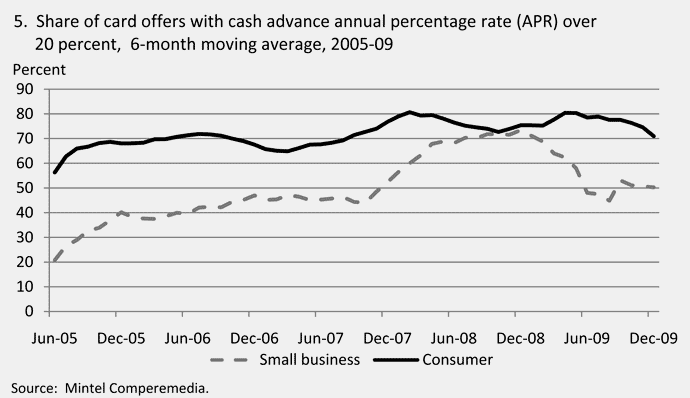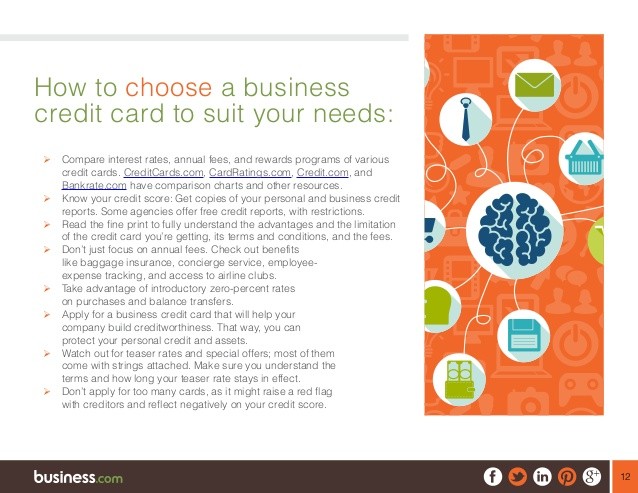Understanding Credit Card Interest Rates And Annual Fees
Post on: 16 Март, 2015 No Comment

At the end of the new millennium’s first decade the financial markets are churning, to use one of the few action verbs that hasn’t yet been applied to the seemingly endless mess. The fact is, though, that life does go on, and it is going on even now, as if a few setbacks can beat down the human spirit. Like any other challenge in life, it is how you respond that counts.
For the near future (2-5 years), certain things may be touch and go – the mortgage situation is cloudy, investment strategies are under the microscope and so on – but there are certain personal financial planning basics that never change. One thing you should always stay on top of is your credit card use, and that means the big picture (all of it). You need to use your cards wisely, learn to control interest and fee costs, make a plan to pay off the debt and do all these things in the context of a firm budget. Developing the discipline to pull it off is beyond the scope of this article, but the fact that you are reading this is a good indication that you want to know what’s going on with your plastic!
Change in the air
Congress held hearings throughout the year on credit card companies’ lending practices. In mid-December 2008, the federal government finally approved various new rules to combat unfair and deceptive methods used by the companies, with the first changes to be made through existing regulatory channels. However, with “change in the air” in the nation’s capital, more and stronger legislation to control the credit card industry will surely be on the next Congressional to-do list.
With revenues of almost a trillion dollars annually ($970 billion in 2007), the credit card industry is a powerful lobby. It cooperated with regulators on some matters, but fought against others. In the end, however, the Federal Reserve, the Office of Thrift Supervision and the National Credit Union Administration have clearly signaled that the incoming administration will change the emphasis from educating consumers on what to do, to proactively informing both companies and customers what is going to be permitted. The politics can be debated, but nothing has changed for you if you have credit card debt. You still need to pay it off.
Fees, annual and otherwise
State and federal laws already place caps on the amount of interest that credit cards charge, but card issuers have wide latitude in annual and other fees. Because of the interest rate control, fees and penalties became a new “growth area” for credit card issuers. Since the financial firms want to capture business from all possible income levels, they offer “no fee” cards with high limits to the best credit risks, and higher-fee cards with lower limits to others. And that’s not the only way the banks and card companies manage risk.
For instance, a high-risk borrower may pay as much as $6.95 each month ($83 and change every year) for something called a maintenance fee, but what it really does is help defray the charge-offs from nonpaying customers who have these cards. It may seem “unfair,” but the fact is that a full one-fifth of all new credit card accounts are charged “to the max” in the first month and never paid. This, too, is unfair, to the credit issuer and its stockholders. A fair balance is hard to find, but your main concern should not be managing debt, but eliminating it.
A final word about these proliferating fees: Never assume anything, and do not take a customer service representative’s word for anything, either. Before requesting, say, a printout of your account activity for the past year, find out if there is a fee for it. Keep an eye on your statement and you may be surprised to find an “interchange” fee or a “collection” fee from time to time. In the last few years, many financial institutions increased the number of fees and made previously free services into paid ones. Make sure you know, every month, what all the charges are on your accounts.
Interesting interest
Interest rates follow your credit score just as your assigned credit limit does, and the general rule is that the better risks get the better deal, which makes sense as far as it goes. It should go without saying, but you simply must read your entire card agreement if you want to understand your credit cards. If you opened an account because of a great “fixed” rate of 9.9%, you need to find out just how many ways the issuer allows itself to renege on the rate. There may be a time limit. There may be a provision that the rate will go to the maximum allowable in your state after even one late payment. Never forget that some very smart lawyers and very savvy businessmen wrote the card agreement, so don’t underestimate their cleverness.
Again, maximum rates are set by law, but no matter how you slice it, 24.99% is a lot of interest. If you are only paying the minimum monthly payment, it could take you ten years to pay off a couple of thousand dollars, by which time you will have paid double the original debt. If you don’t know what interest rate you are paying, shame on you – it’s on every statement you get! It should not have taken a financial “meltdown” in the world to get you interested in interest, but if it did, your time is here.

What to do now
Make a list of all your credit cards. Read all of the agreements and ask questions if you are unclear. If your credit score is “good” (700 and up), there is no reason you should be paying 18% interest on a card. Many people are surprised to find out that, as a good customer, you really can call up the company and get your interest rate lowered (and credit line raised, too, at times) with many credit cards in use today.
The interest rates and various fees on your credit cards can be insidiously designed and you may not even notice when they go up, or when a penalty of some kind is charged. Pay close attention to how much these are, and when they kick in. Is your rate higher on cash advances than on purchases, and by how much? What is that costing you? Read the fine print even if it requires a magnifying glass.
The bottom line, of course, is that you should make every effort to have no credit card debt at all. If you are having credit card problems, try credit counseling. Work to get your rates down, then pick the card with the highest balance at the highest rate, and pay extra every month on that one account until it’s paid off. Then move to the next account and do the same thing, while staying current with minimum payments (plus $5) on all the others. This is one of the fastest proven ways to eliminate debt.
Oh, and stop charging things, of course!
Information about the Author:
Credit Cards Made Simple provides information on helping you make the right choice when choosing low interest credit cards and understanding the credit card processing companies .














